Kirsty told me I could write this post on the condition that she didn’t have to read it through, or indeed even look at it once it had been published.
This is a first but she does have a valid reason for making such a statement because it was in the vicinity of this Dickensian-like structure that we were ambushed and ultimately robbed by three local hoodlums (*).
(*) An old fashioned word, I know, but describing them as ‘guys’ or ‘blokes’ would be too kind and the words I would like to use aren’t exactly publishable in a blog post so I’ve stuck with the Dickensian theme.
The incident happened in the summer of 2018, more than two years ago, and apart from a few photos that I edited for the blog that described what happened to us, I also haven’t had much of a desire to look at the bulk of the photos we took that day.
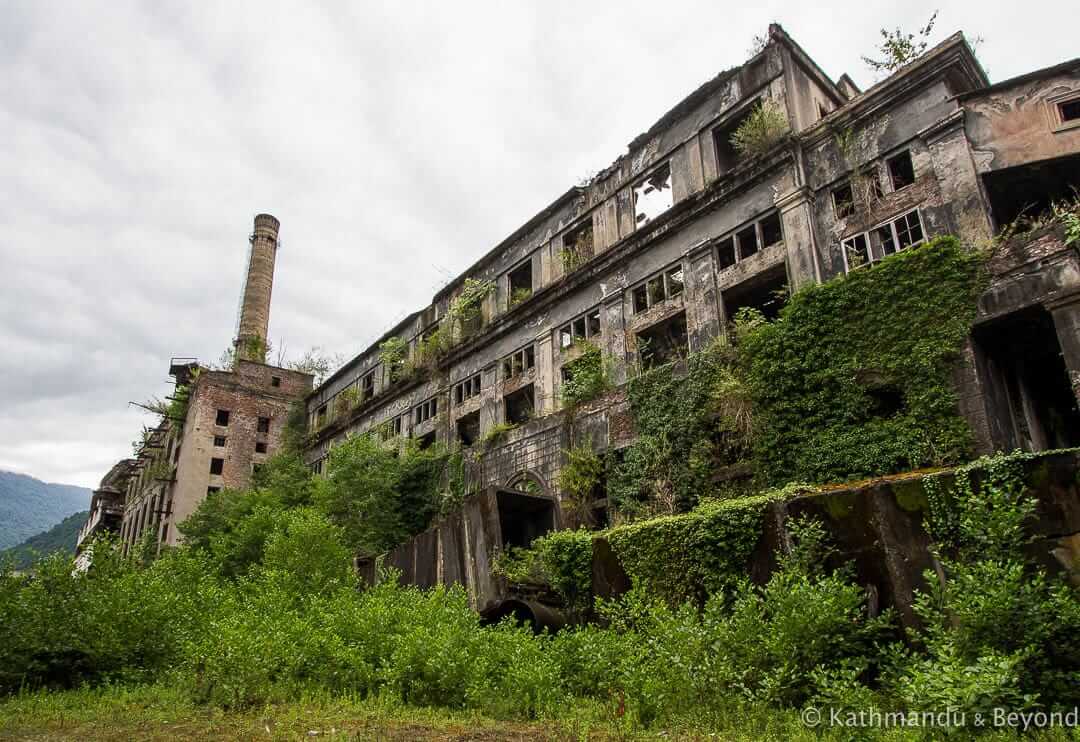
But, with a large amount of time on my hands courtesy of the early days of the COVID-19 lockdown, I decided to spend a stint here and there looking through our vast library of photographs. Primarily, I wanted to remind myself of some of the incredible places we had been to over the years but I was also looking for images that needed to be processed and/or improved upon. I’m a massive fan of Adobe Lightroom and even before COVID-19 was a thing, I used to enjoy spending some of my spare time improving my skills on this software application. Since February 2019, when our travel plans came to a crashing halt, I’ve had even more time to get to grips with this brilliant piece of kit. In fact, I think I’ve spent longer messing around with our photos in Lightroom than I have on writing blogs and watching Netflix combined.
As part of the process, I’m sure I’ve subconsciously avoided the folder where we store our photos of Tkvarcheli but, with several COVID months past and no sign of any new travel on the horizon, I got to the point where I was running out of images to develop and so, as if holding my finger over the dreaded red button, I did a double click on the Tkvarcheli folder to see what we had.
What I discovered was a batch of atmospheric images that would potentially look great once they’d been given the Lightroom treatment. As the saying goes, “time is a great healer” and while I was working on each of the photos, I began to think about our actual exploration of this decaying power plant rather than the robbery itself.
We’ve racked up quite a few abandoned locations during our travels and if I take the mugging out of the equation, I think I would consider the ruined power plant in Tkvarcheli to be one of the most interesting urban explorations we have undertaken. I’ve added the word ‘think’ because it is always going to be tricky to separate the two events, i.e. what we discovered in the factory and being set upon soon after. But, looking at the photos, which neither of us has really done for a couple of years, there is a sense of the apocalyptic about this once-thriving industrial site on the edge of Tkvarcheli which makes it stand out from many of the other abandoned locations we have entered.
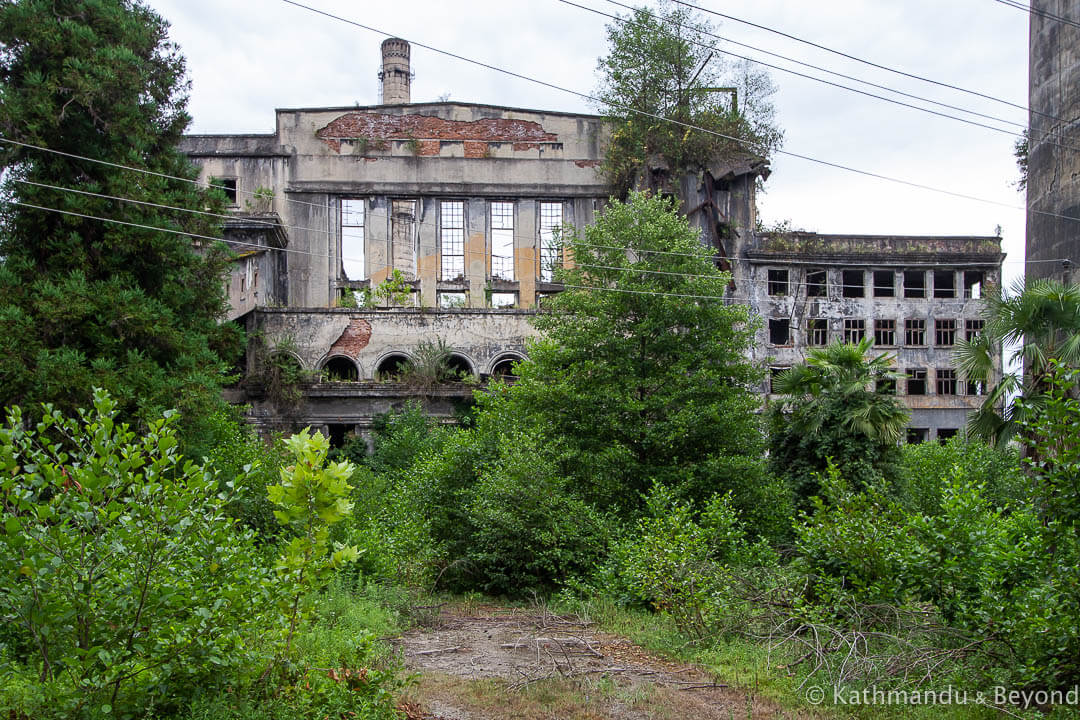
Where is Tkvarcheli and what happened there?
Tkvarcheli is a small town in the southeastern part of Abkhazia, a breakaway region in the Caucasus nestled between Russia to the north and east and Georgia to the south. The settlement developed as a coal mining region in the mid-1930s and grew in importance during World War II, helping to supply the industrial needs of the Soviet military’s fight against the Nazis. Tkvarcheli was elevated to town status in 1942 and after the war ended, many monumental buildings, most of which were designed in the style of Stalinist Empire architecture, were constructed using the labour of captured German POWs. Even some of the architects and designers involved in the planning of the town were captured Germans and they added a subtle element of Gothic style into the blueprint for some of the buildings. Tkvarcheli became a desirable place to live, not only for miners but for those in other professions as well, and the town was the only significant settlement in Abkhazia that was not located on the Black Sea coast.
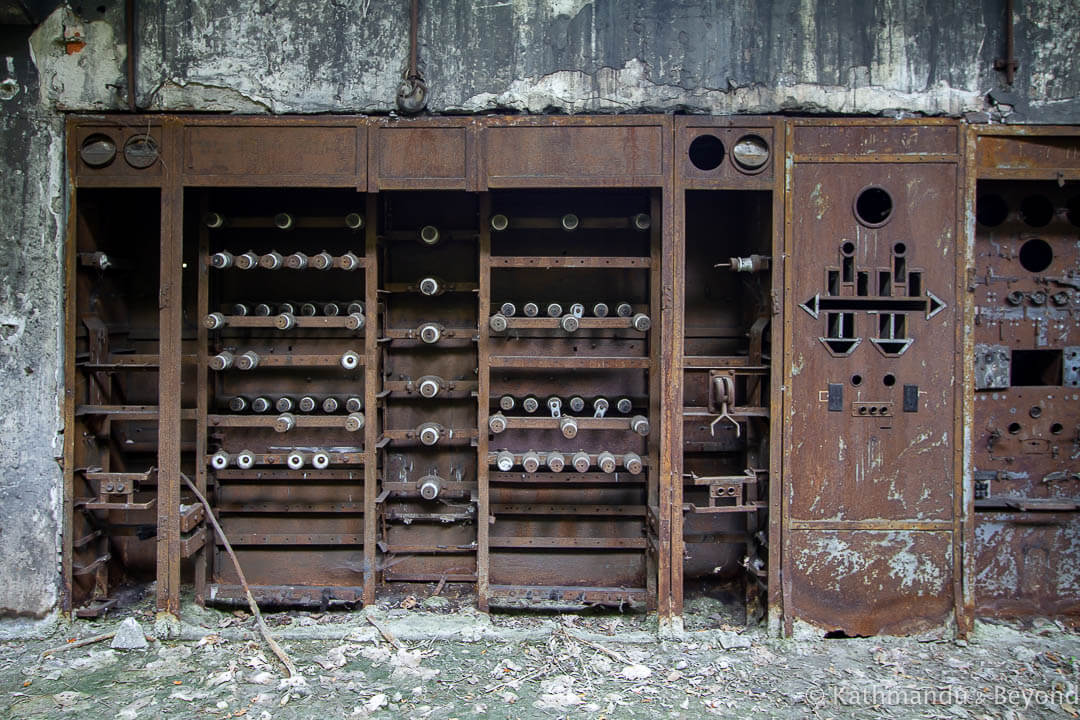
Around the time of Perestroika (“restructuring”) and Glasnost (“openness”), two reforms/terms widely associated with the final years of the USSR (1985-1991), many mines in the region, including the large manganese one at Chiatura in Georgia started to become unprofitable and Tkvarcheli was no exception. The subsequent, and rapid collapse of the Soviet Union had a terrible economic effect on the town’s inhabitants, with, for example, salaries not being paid but the financial hardship at the time pales significantly compared to what was to follow.
A far worse consequence of the breakup of the Union in the Caucasus region was a brutal ethnic and territorial war between Georgia and separatist forces who wanted an independent Abkhazian state (*). The war lasted from August 1992 until September 1993 and for almost the entire period (October 1992 to September 1993/413 days), Tkvarcheli was besieged by Georgian military forces.
(*) During Soviet times, Abkhazia was initially a full-fledged Socialist Soviet Republic (SSR Abkhazia) but, in 1931, Joseph Stalin made it an autonomous republic within the Georgian SSR. As the Union began to fall apart, many Abkhaz were against Georgia’s move towards independence, fearing they would lose their autonomy. They, therefore, argued for the establishment of an independent state which Georgia opposed and this ultimately led to the beginning of the war. The conflict was one of the bloodiest in the post-Soviet era and relations between the two nations remains tense. The death toll was upwards of 13,000 and in the region of 250,000 people (predominately ethnic Georgians – see below) became refugees.
It was also a largely forgotten war in the West because it was overshadowed by events that were simultaneously taking place in the former Yugoslavia.
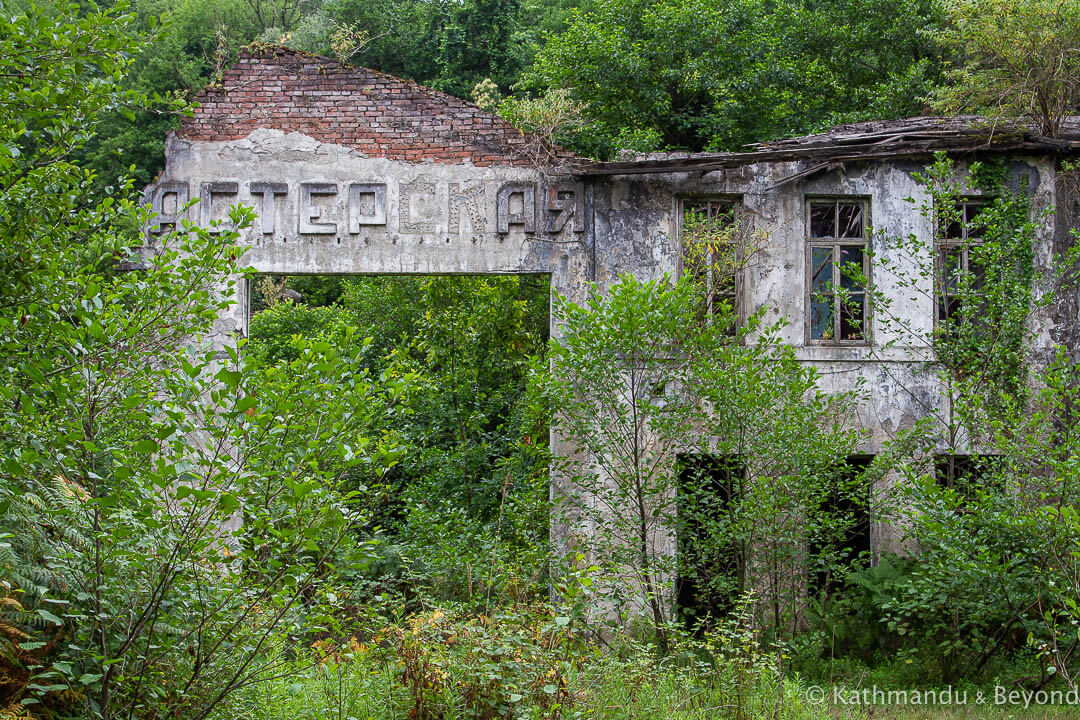
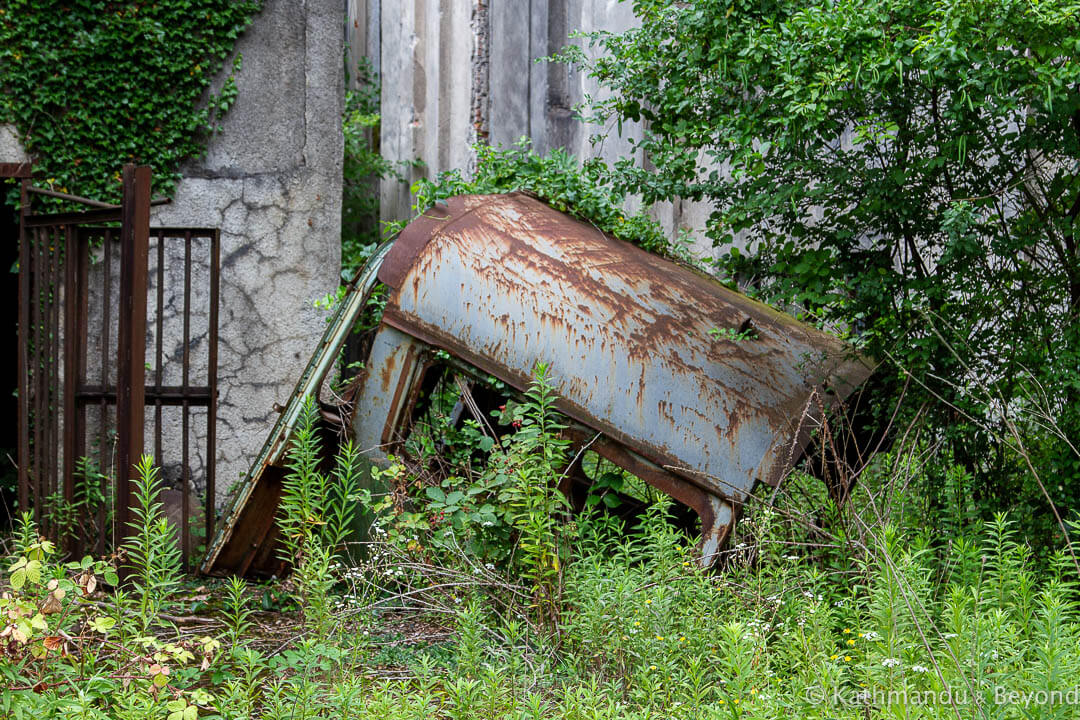
At the time, ethnic Abkhaz made up more than 40% of the Tkvarcheli’s population and, along with the coastal town of Gudauta, it became the predominant stronghold of Abkhazian resistance during the conflict. In contrast, ethnic Georgians constituted more like 23% of Tkvarcheli’s population and most of them fled to Georgia soon after the fighting began in August 1992, becoming Internally Displaced Persons (IDPs) in towns such as Tskaltubo, where many of them still reside to this day.
Thousands of Abkhaz from other parts of the republic sought shelter in Tkvarcheli, accessing it by way of the single drivable road in, or via the railway line that was constructed decades earlier to transport coal to the Black Sea town of Ochamchire, another desolate place where we spent time before arriving in Tkvarcheli. A critical humanitarian crisis soon developed which was further compounded by the fact that, early on, the power plant was bombed and badly damaged, which left the townsfolk without power for almost the entire period of the siege.
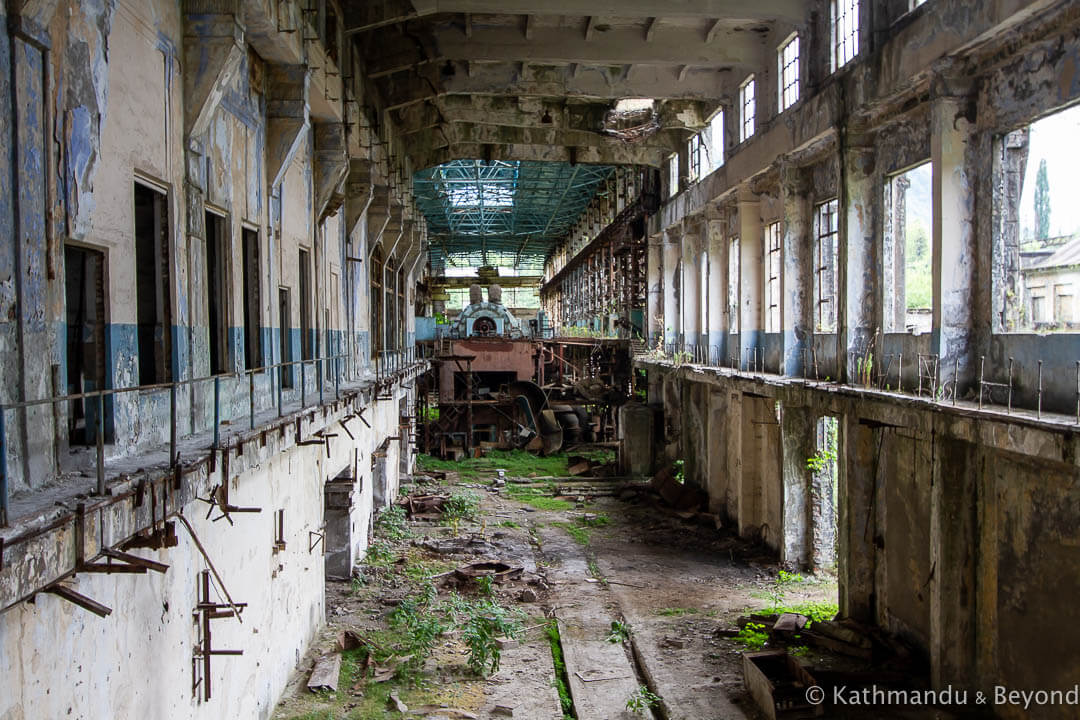
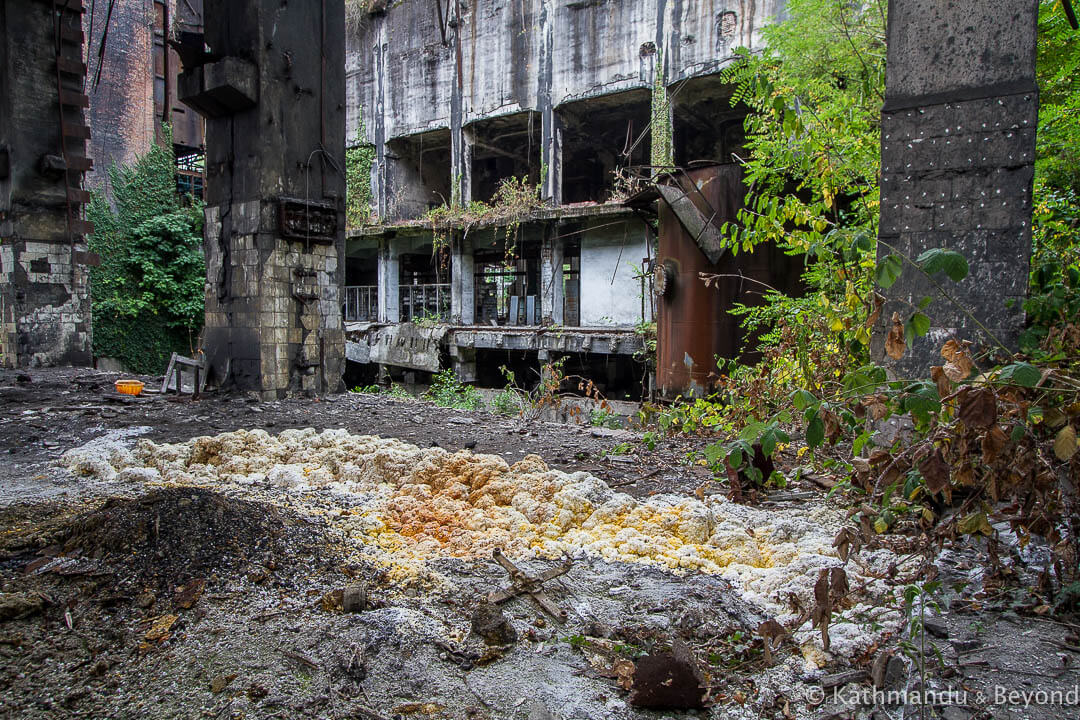
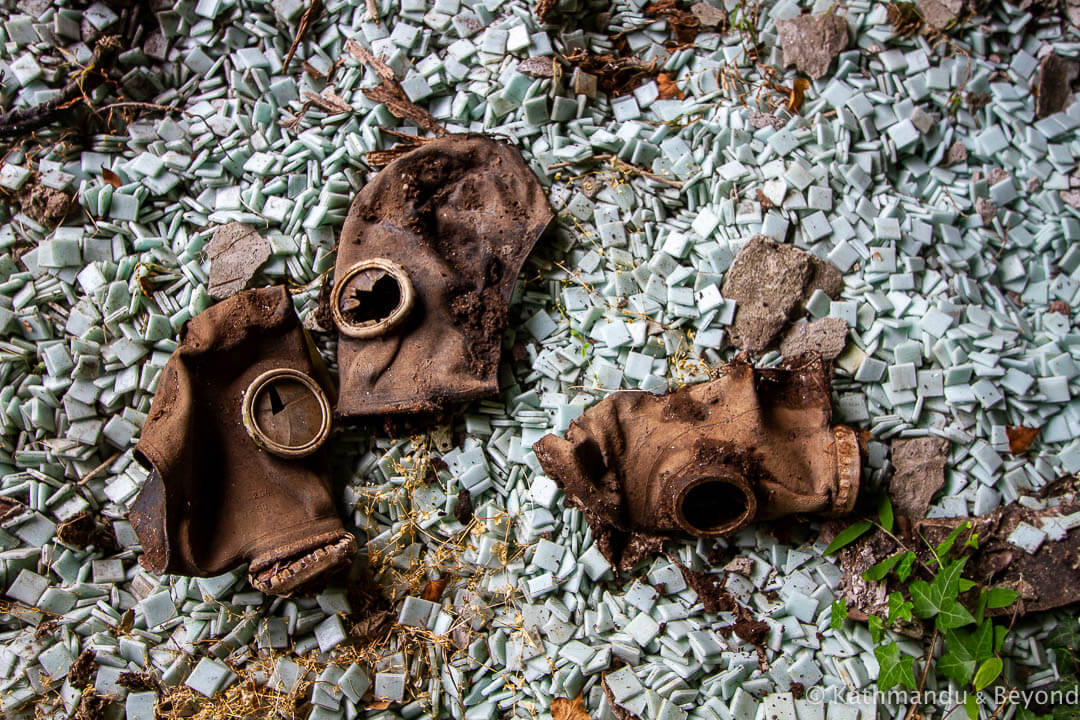
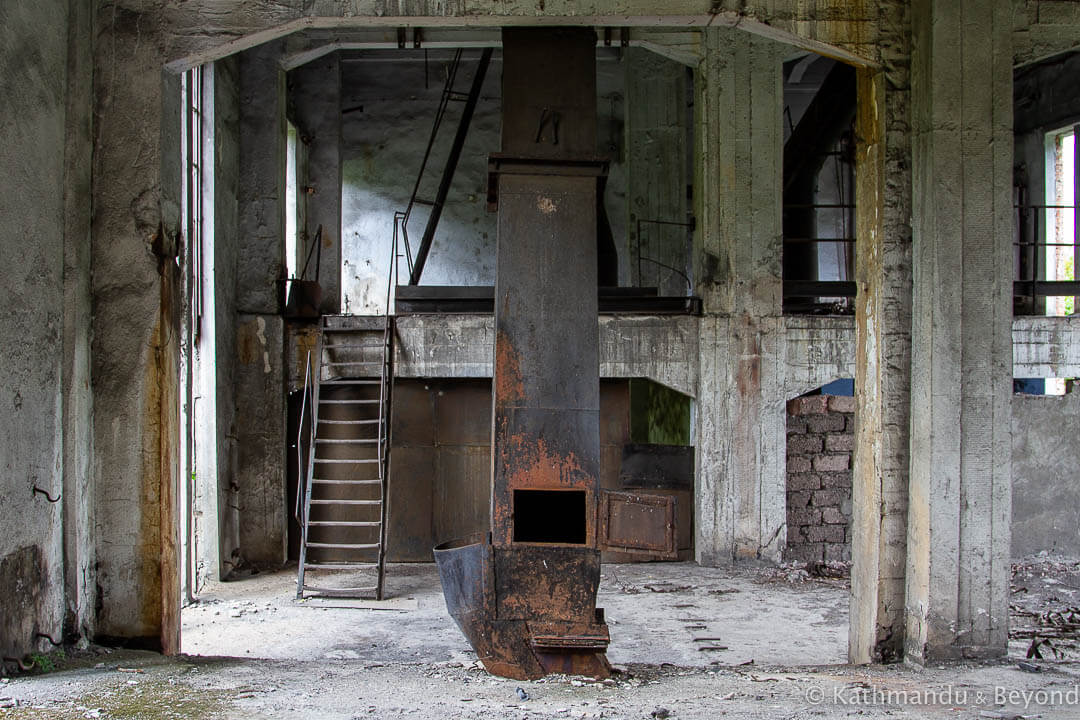
It may come as a surprise to learn that part of the power plant in Tkvarcheli is still operational and rather unusually for an abandoned explore, we entered the complex via the main entrance that was manned by some of the employees who still worked there. We struck up a conversation with them as best we could considering our (read Kirsty’s) Russian is limited to just a few words and they permitted us to have a look round the now-derelict part of the plant. Inside was amazing – dense foliage camouflaged many of the shells of the remaining buildings and upon entering some of them we found vast amounts of rusting machinery and scrap metal, yet more vegetation and even one room where the floor was littered with old gas masks – a creepy site which we both found quite unsettling. On some of the higher levels, we got a very different perspective of the plant and the same could be said when we ventured across to the other side of the railway tracks where the view of the factory’s dominant chimney was yet another reason why I keep using the word ‘Dickensian’ to best describe the scene.
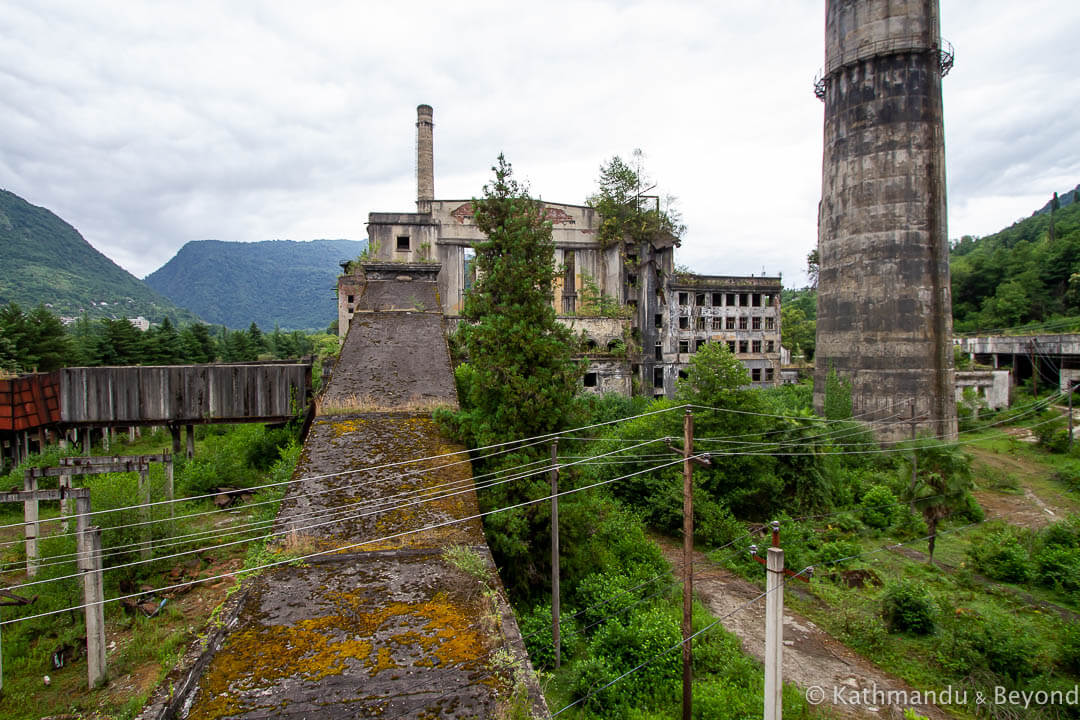
It was after we left the factory that the unpleasantness mentioned above took place and so we didn’t explore the rest of Tkvarcheli as much as we had intended. We did see enough, however, to dispel the suggestion that Tkvarcheli is a ‘ghost town’, which is often how other articles describe the place. It is true that the population has declined massively over the years, going from around 40,000 at its peak to about 5,000 today. It is also a fact that there are many more abandoned structures in Tkvarcheli besides the thermal power plant, including the railway station, the cultural palace, numerous apartment buildings and the forsaken arched bridge which spans the Ghalidzga River. But, in the upper part of the town, which used to be connected to the lower part where the plant is situated via a now-defunct cableway, we witnessed a market place that was just as bustling as any other we had come across in Abkhazia. What’s more, we saw adults going about their business, as well as children playing along the leafy main boulevard that is still lined with impressive but now predominately uninhabited residential buildings.
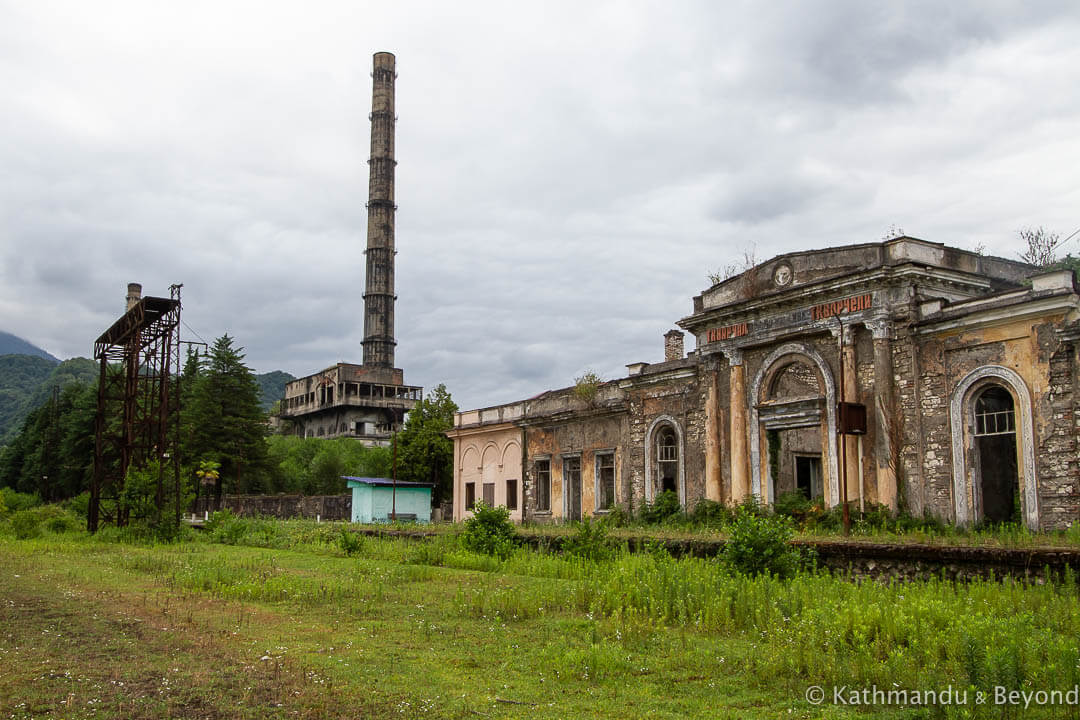
Reflecting, two years on since our visit to Tkvarcheli, I wished we’d had more time to discover this forgotten mountain town but such is life and I’m 99.9% certain that we will never go back there, even if we decide to head back to Abkhazia once more, simply because of what happened to us. On the flip side, I’ve managed to expel a couple of demons as a result of producing this post plus, we’ve now got what I consider to be a terrific set of fully processed photographs of one of the most captivating abandoned locations we have ever set foot in.
As to whether Kirsty looks at this post or not – that’s not something I’d be prepared to place a bet on …
READ MORE BLOG POSTS ABOUT THE CAUCASUS
READ MORE ABANDONED PLACES BLOG POSTS
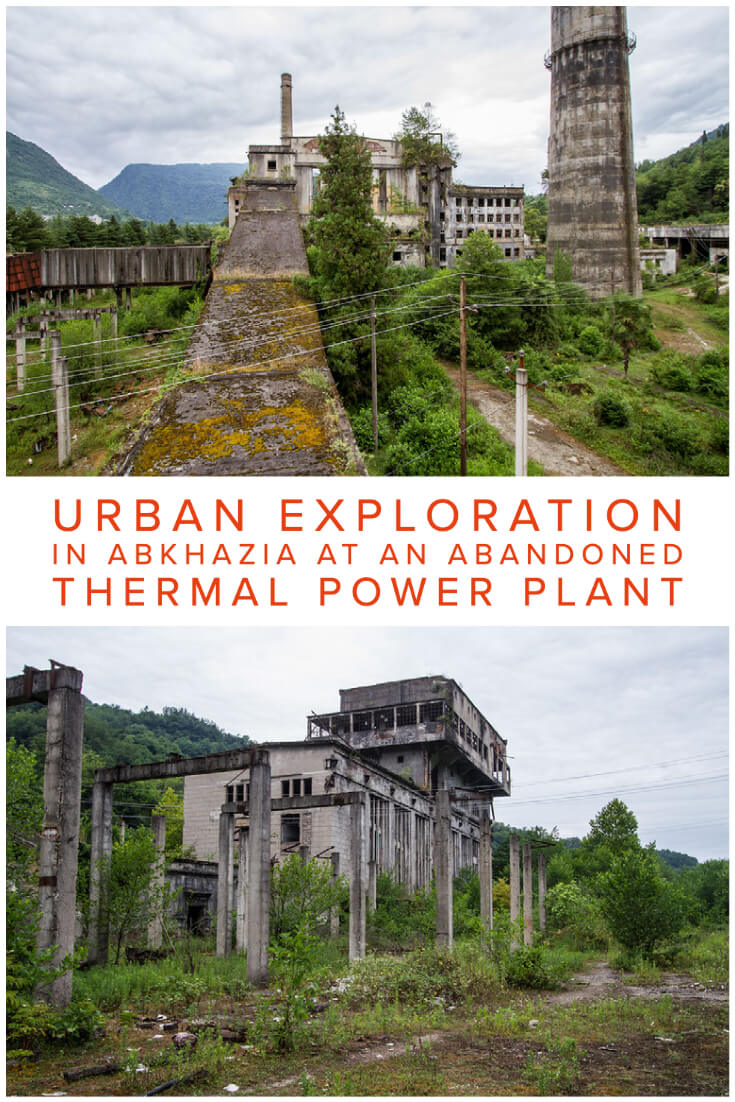
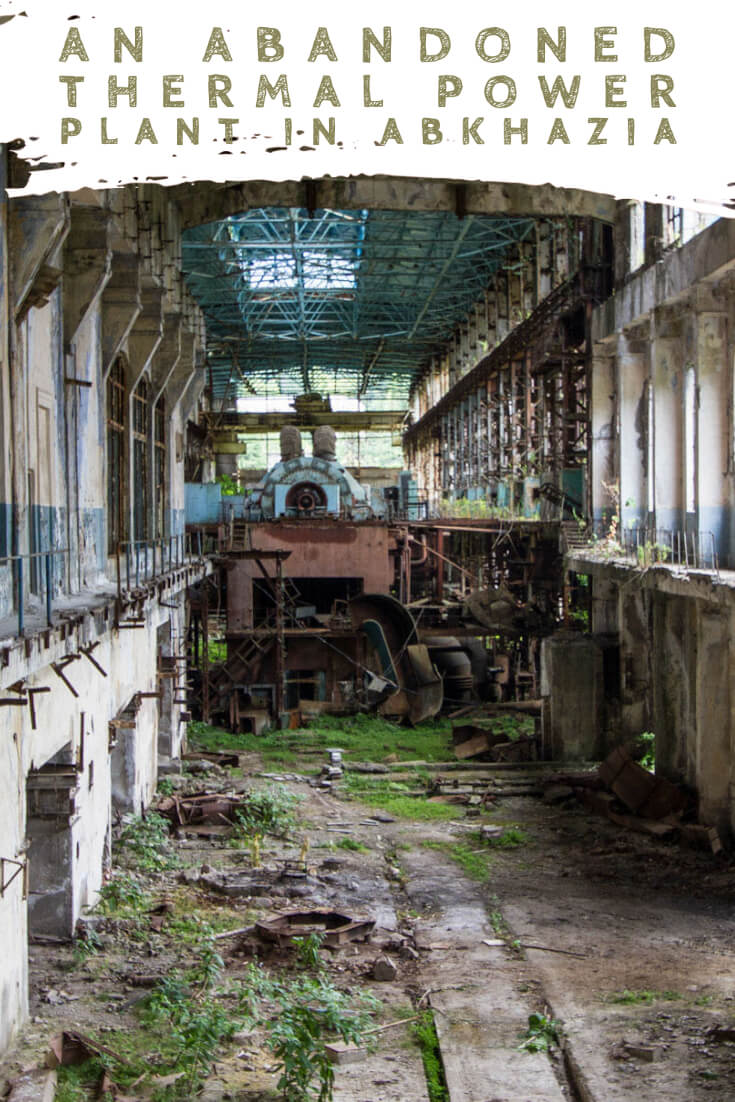
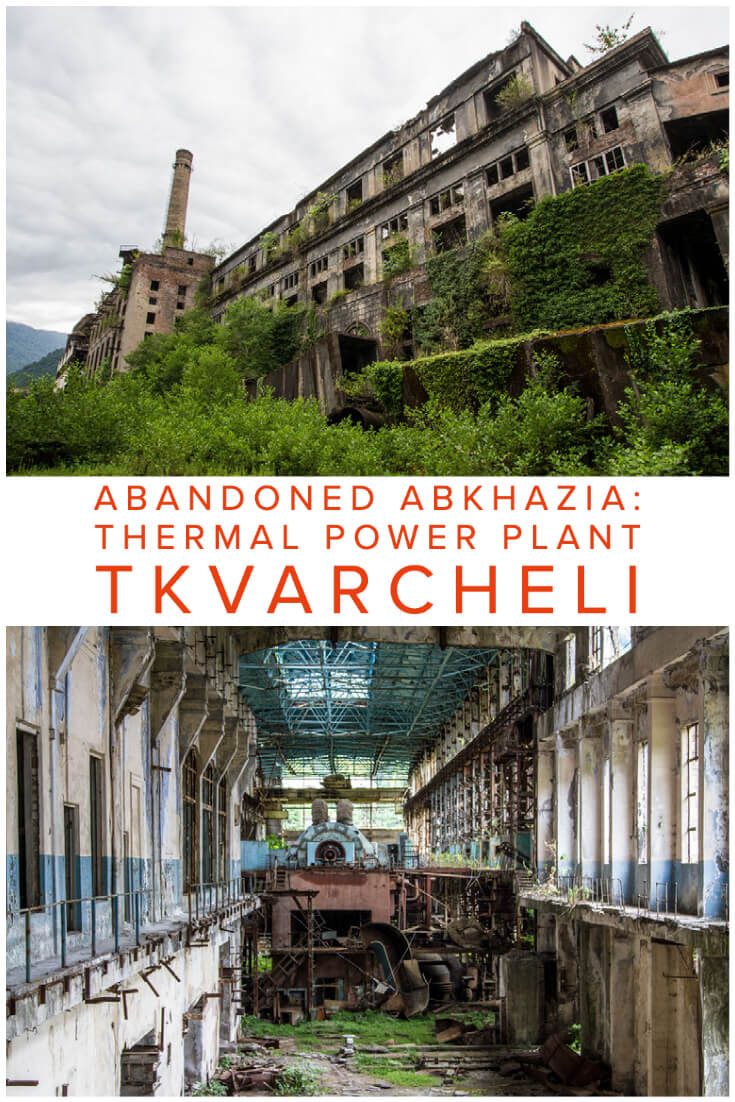

Trackbacks/Pingbacks